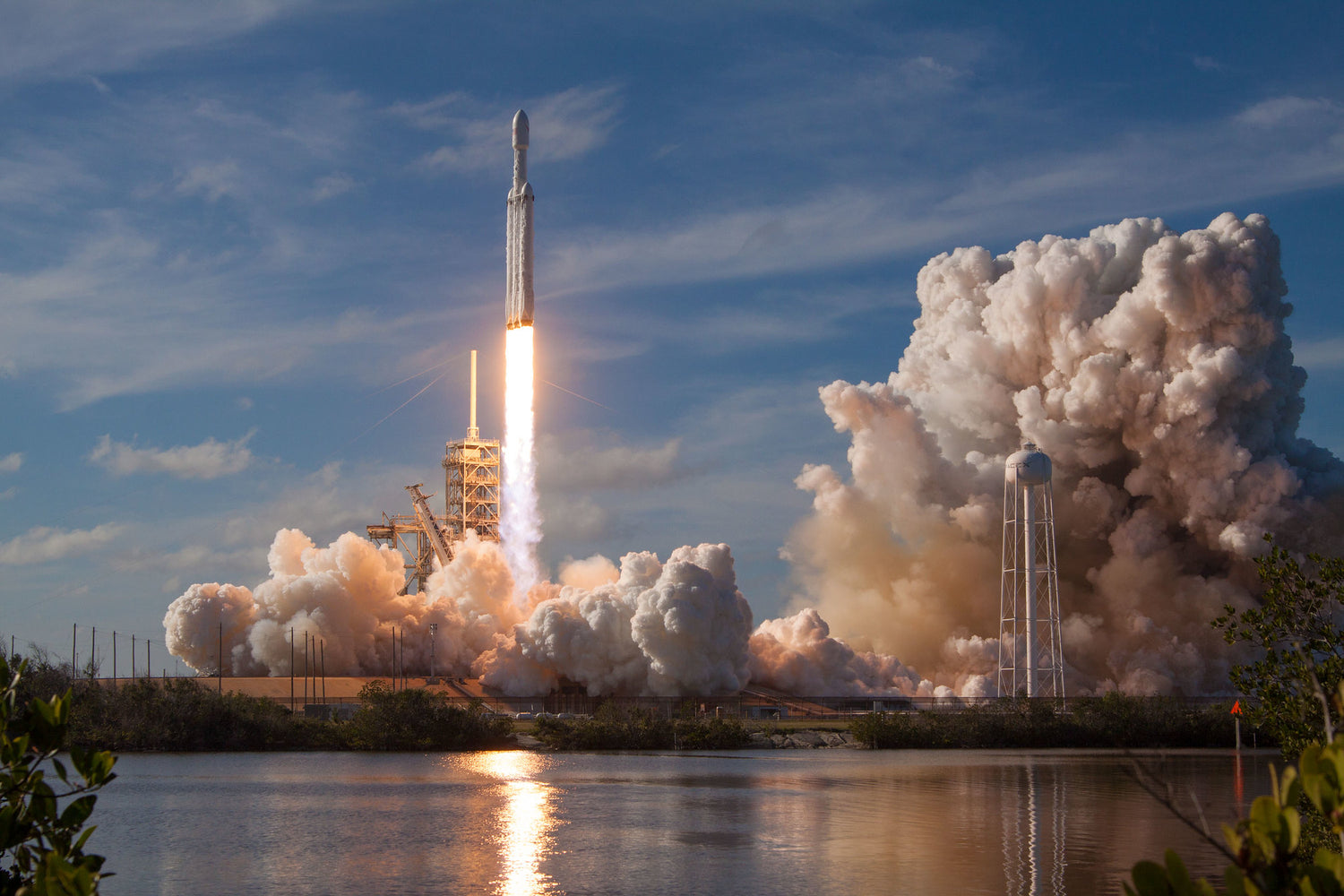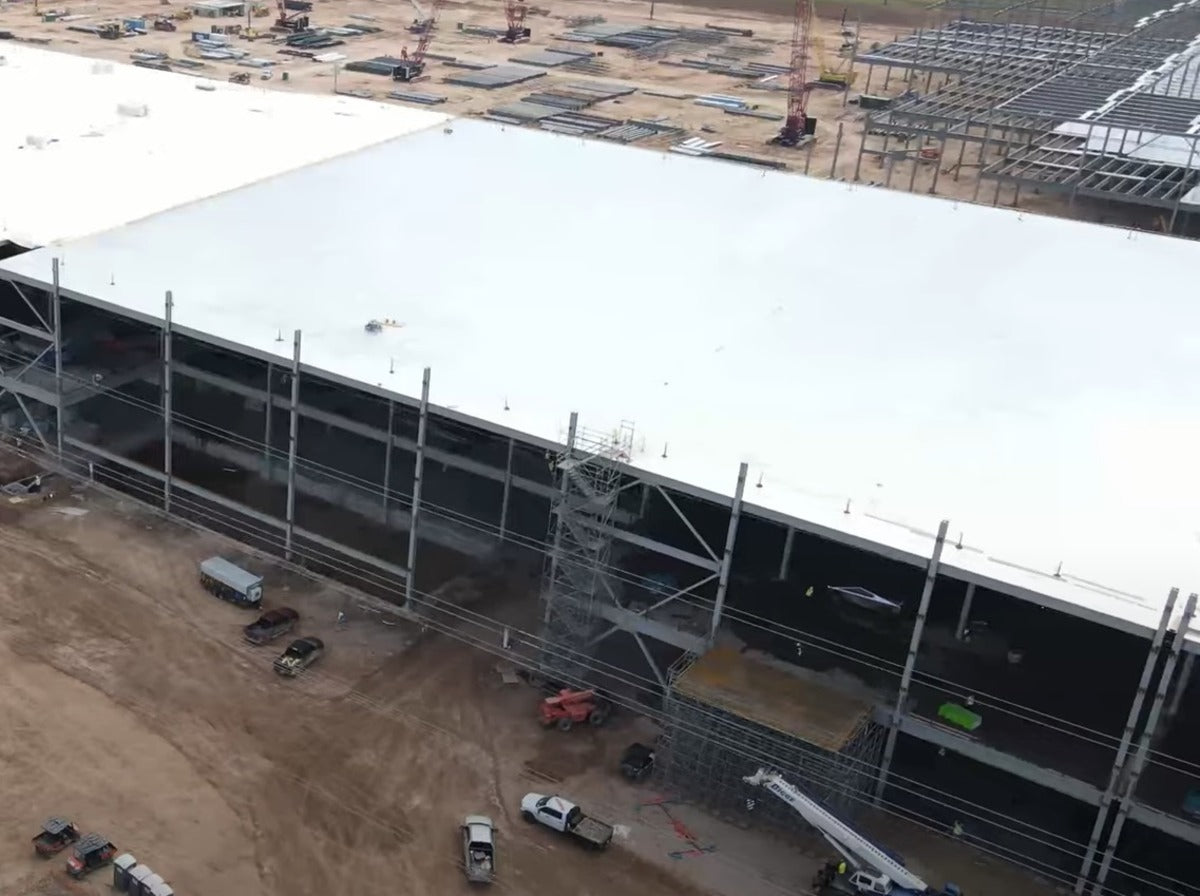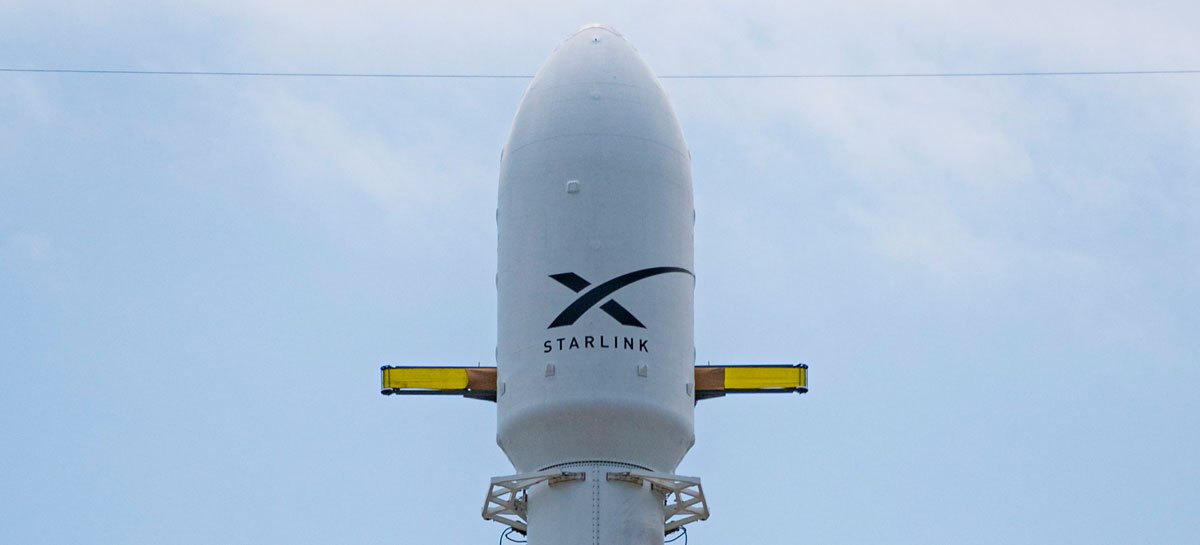SpaceX will launch a national security mission for the United States Space Force (USSF). The classified payload, designated as 'USSF-67,' will launch atop a powerful Falcon Heavy rocket. The United States Department of Defense published a document on Wednesday, May 12, announcing SpaceX has been awarded a contract modification of over $16 million ($16,737,600) dollars more to "add mission-unique launch services" to the USSF-67 mission under the U.S. Air Force’s Space and Missile Systems Center National Security Space Launch (NSSL) Phase 2 program. The previous award for this mission was around $316 million, the contract modification brings the contract award to total over $332 million. “Work will be performed in Hawthorne, California; Vandenberg Air Force Base, California; and Cape Canaveral Space Force Station, Florida, and is expected to be completed Oct. 2, 2022,” the award announcement states.
SpaceX’s Falcon Heavy is currently the world’s most powerful operational rocket by a factor of two. The rocket is comprised of three Falcon 9 cores attached side-by-side. Each core is equipped with nine Merlin 1D engines, totaling 27 engines that can generate over 5 million pounds of thrust at liftoff. Falcon Heavy can lift to orbit nearly 64 metric tons (141,000 lb) which is more than twice the payload of the world's second highest-capacity launch vehicle which is United Launch Alliance’s Delta IV Heavy. U.S. Space Force’s USSF-67 mission will carry a secret military payload atop SpaceX’s most powerful launch vehicle, which suggests the payload could be a very heavy satellite that requires a lift into Geostationary Orbit at a high altitude of around 35,786 kilometers above Earth's equator.
The USSF-67 mission is part of a wider NSSL Phase 2 program in which SpaceX will launch dozens of national security missions for the U.S. Space Force. The NSSL missions include the military’s most important and expensive payloads, such as car-sized spy satellites that detect enemy missiles and communication satellites that could connect the U.S. president with military commanders, among other spacecraft for a variety of applications. U.S. military also manages a constellation of GPS navigation satellites that are used around the world. SpaceX launched a couple of GPS vehicles atop Falcon 9 last year.
As part of the Phase 2 program, SpaceX is required to build a new launch tower for vertical payload integration. Currently, SpaceX integrates their payload into the rocket's fairing horizontally inside a hangar. The rocket company plans to build a Mobile Service Tower (MST) at launchpads in Florida. The payload in the Phase 2 missions, may involve launching classified military payloads that could require a special vertical accommodation when inserting inside the fairing of their Falcon 9 and Falcon Heavy rockets. The tower will be 86.5 meters tall (281 feet), 36 meters wide (118 feet), and feature an enclosure to completely encapsulate a rocket. The 11-floor mobile tower will be able to move the rockets vertically to launch the launch pad. Also be capable of providing a safe environment for SpaceX and military crews to insert very large satellites inside the rocket's fairing vertically. The company shared a render of the MST last year, pictured below.
In 2019, SpaceX President Gwynne Shotwell described the Mobile Service Tower –“It comes up and kind of circles around. It’s got to be out there during a Category 5 hurricane, fully enclosed. The whole rocket has to be encapsulated. It’s got huge hurricane clamps on it that clamp it to the ground,” she said. Shotwell also said that SpaceX might also build similar mobile tower at their other launch site located in California's Vandenberg Air Force Base, “If it ends up being required at Vandenberg, we will put one in at Vandenberg. It depends on the mission manifest that we have,” she stated.
 All Images Source: SpaceX
All Images Source: SpaceX


All Images Source: SpaceX









